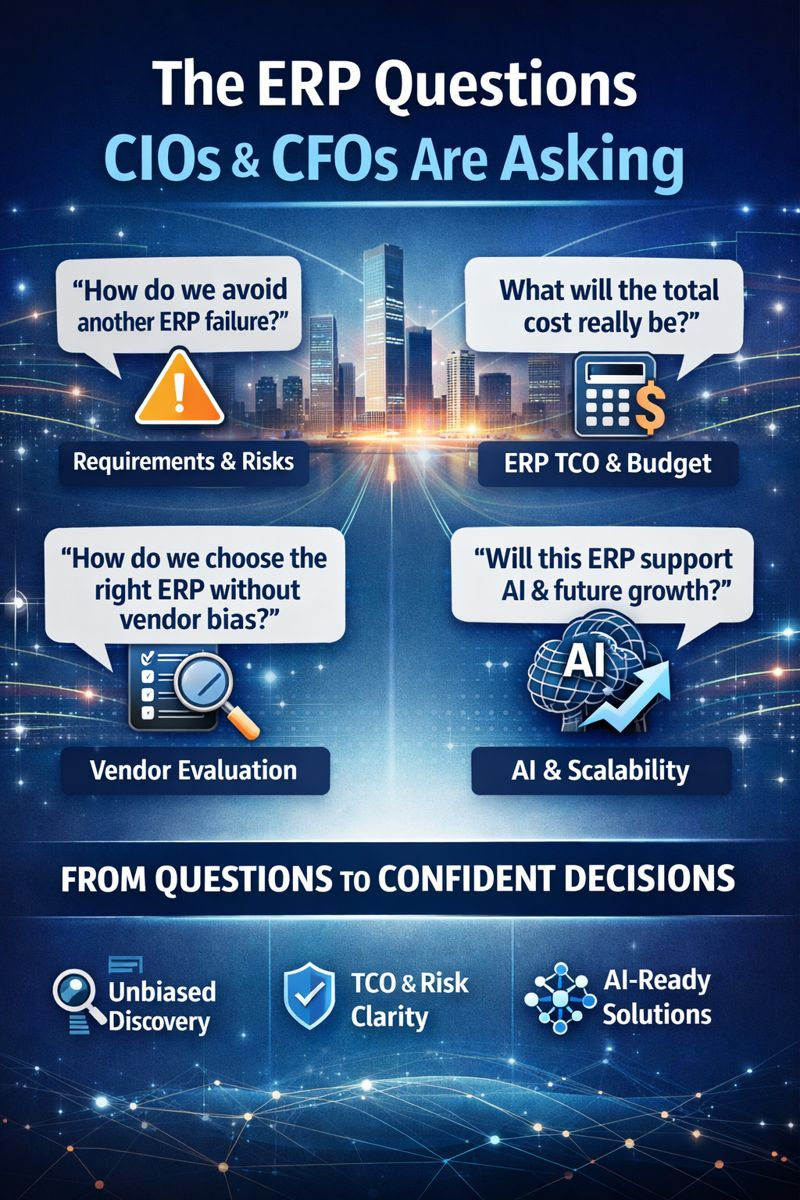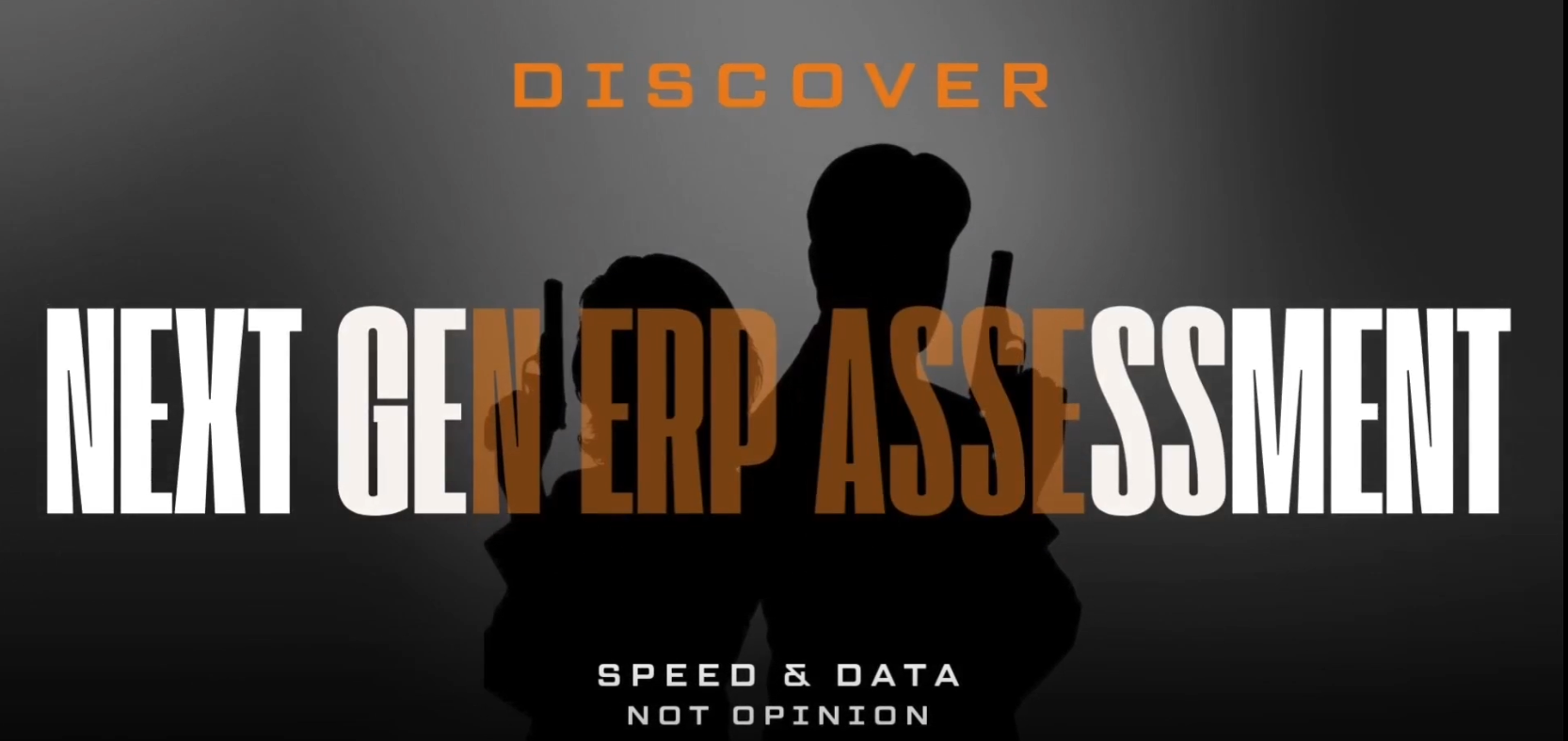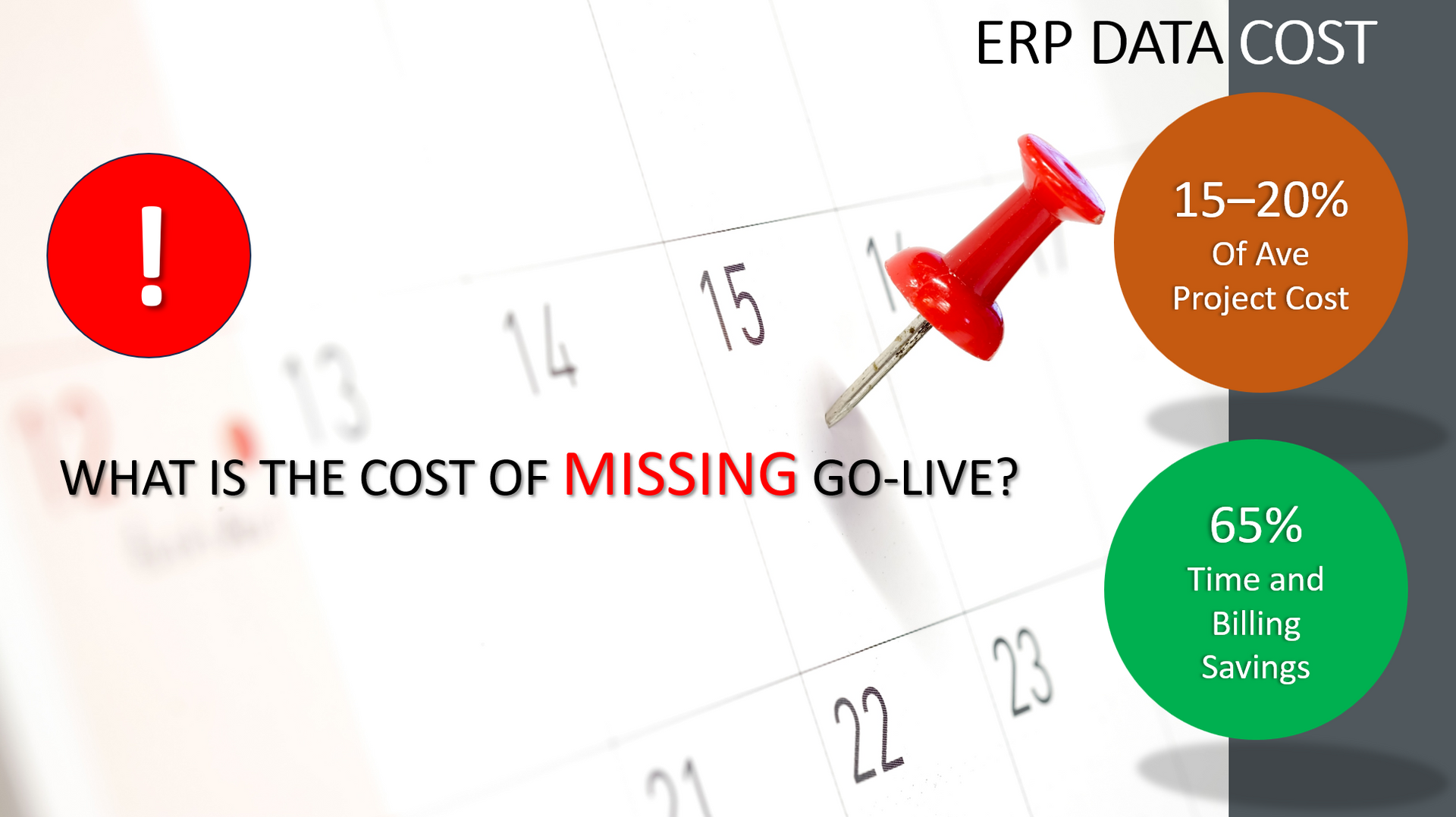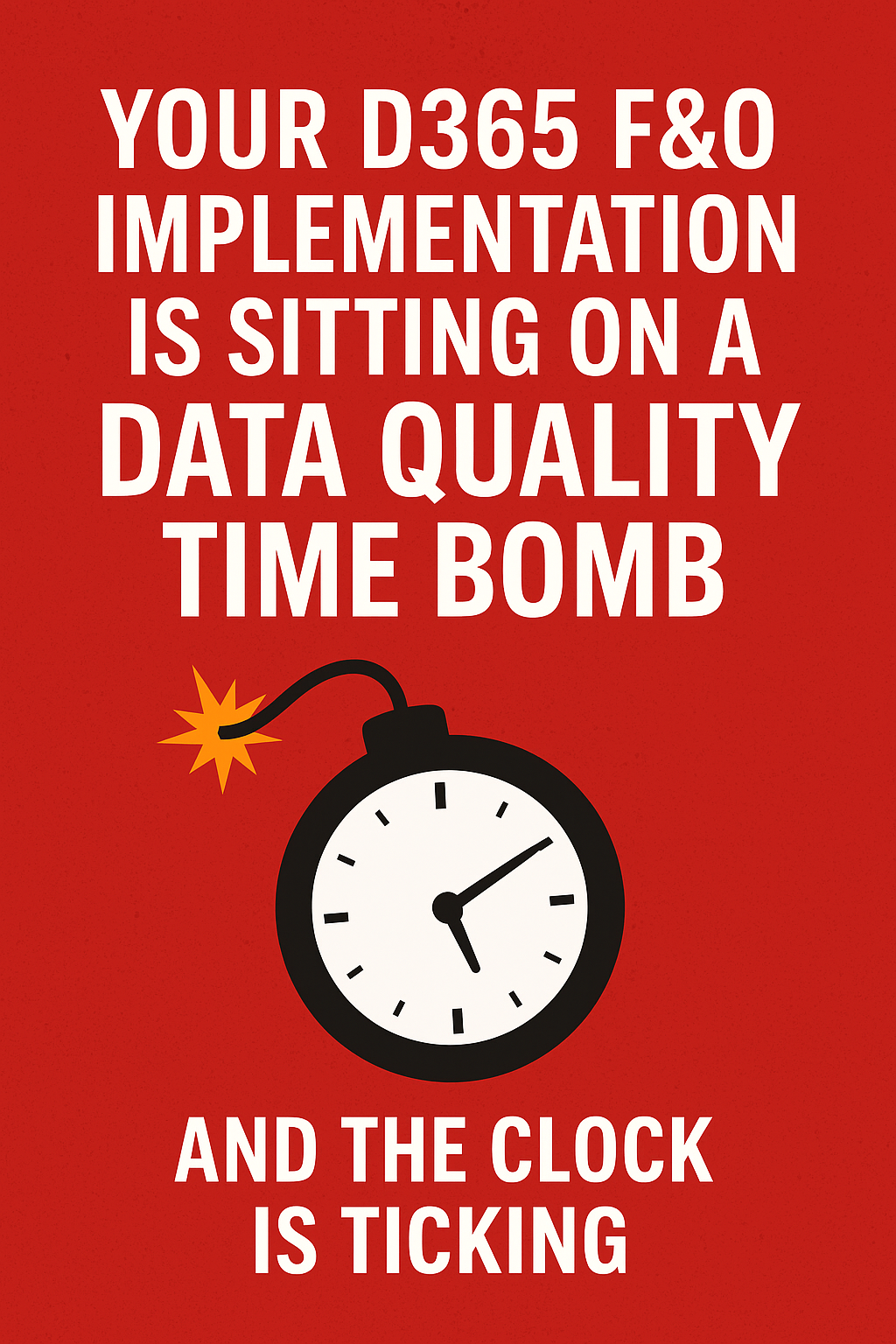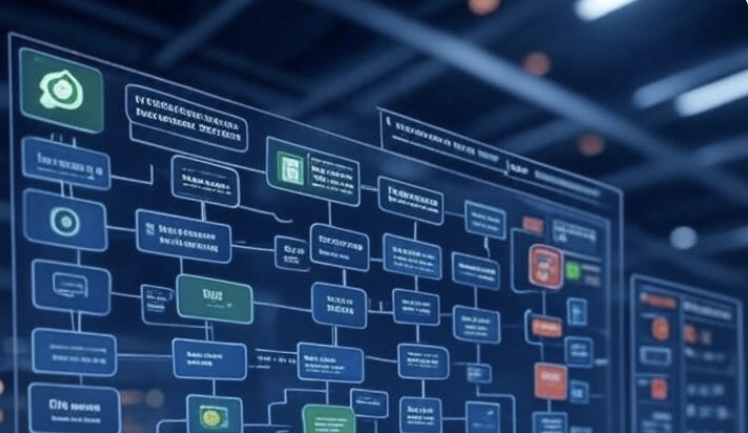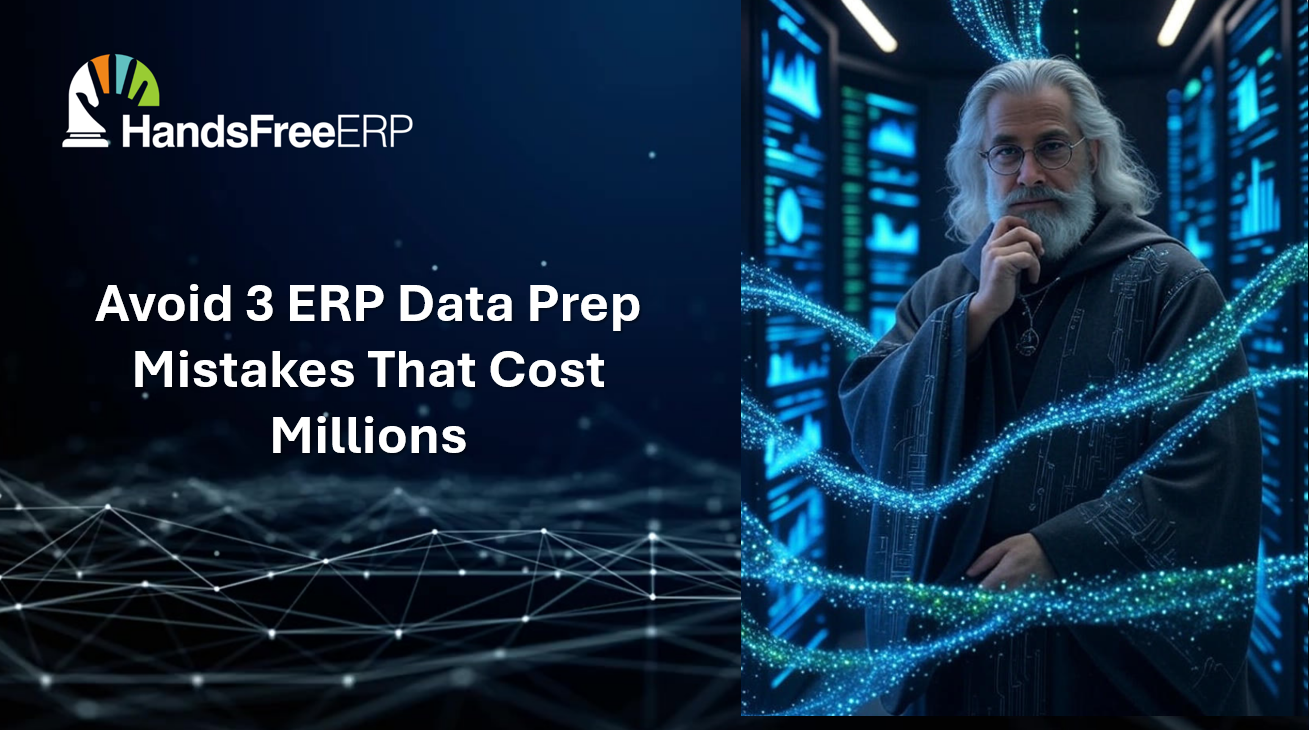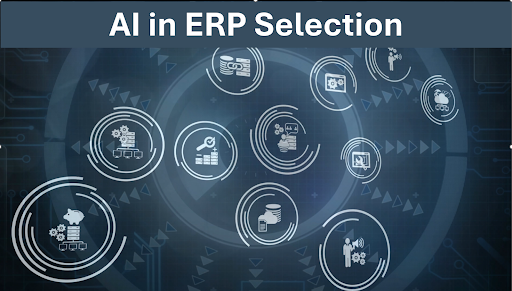HandsFree claims a place on the Cloud Wars stage with Insite
Insite by HandsFree named to Cloud Wars Shortlist!

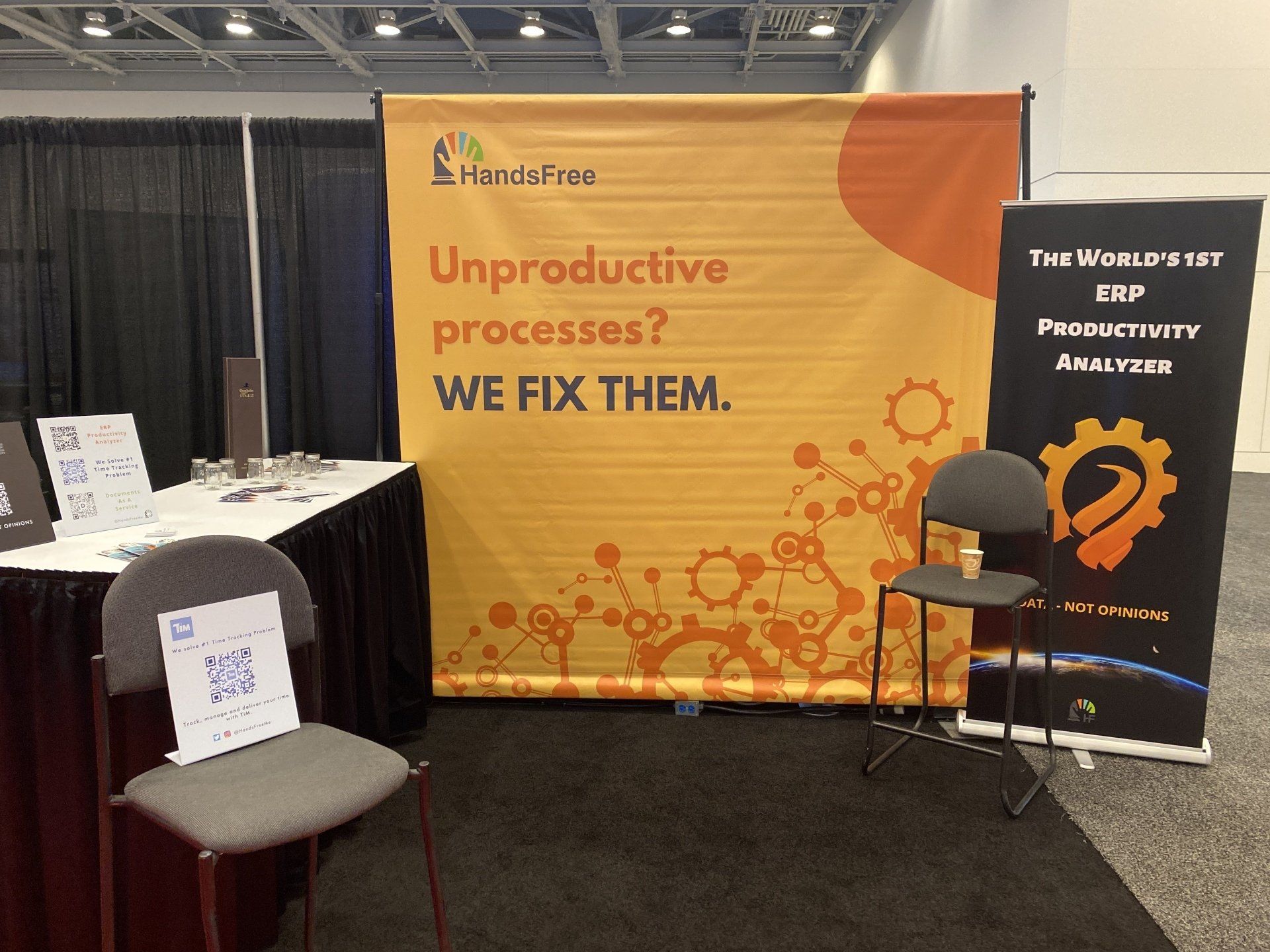
The competition consisted of 3-minute presentations by 15 emerging cloud-based startups and judged by a panel of Real World CXO’s:
- Bob Evans, Cloud Wars Founder and Chief Content Officer
- Ronak Mathur, Automation Architect and Regulated Industries Analyst
- Kieron Allen, Journalist and My Metaverse Minute Host
- John Muehling, Chief Data Officer for Acceleration Economy
The competing solutions were judged on the following criteria:
- Does it optimize the digital future?
- Can it enable business model reimagination?
- How will it dazzle a customer?

HandsFree presented its first of a kind ERP productivity analysis tool Insite. Co-hosted by partners Peter Joeckel and Erik Cornet, they took the stage with the goal of bringing insight to the necessity of Insite.
The presentation drove home the following facts that highlight importance:
- Every company operates on an ERP software platform.
- ERP software platforms have become more complex and costly to install and maintain.
- Everyone has an ERP software implementation horror story.
- There are no tools to address ERP the epidemic of failed and challenged ERP software projects – until now.

Insite addresses this massive problem in the ERP Software industry by:
- Analyzing ERP productivity by company, workflow, or department.
- Identifying “Shadow ERP” components.
- Calculating Shadow ERP ratios.
- Tracking the change in Shadow ERP ratios over time.
These groundbreaking capabilities allow companies to lower the risks and associated cost of all phases of their ERP software lifecycle.

HandsFree ERP is dedicated to supporting clients with their ERP initiatives, enabling companies to seamlessly connect users with their ERP partners. By utilizing skilled professionals, streamlined processes, and cutting-edge tools, HandsFree ERP significantly boosts the success rates of ERP projects.


